Before the read
From plastic to scrap metal, these artists are turning everyday waste into powerful expressions of beauty and meaning.
As waste piles up globally, artists are using recycled materials to spark change, comment on pollution, and reimagine what “value” means.
Absolutely. These creators prove that discarded items can be transformed into influential, unforgettable works of art.
Using Recycled Materials to Make Art Is a Source of Endless Inspiration for These Artists
The average American throws away 816 466.3 g (1 800 lb) of trash each year—a mix of plastic, food, fabric, and other waste. This massive amount of garbage creates serious problems: landfills are reaching capacity, non-biodegradable materials are polluting our oceans and harming wildlife, and valuable resources like aluminum and textiles are being wasted instead of being reused.
Amid the growing trash crisis, a growing number of creatives are using recycled materials to make art. Some consider themselves “artivists,” activists and artists at the same time, using their work to draw attention to the issues posed by pollution and waste. Others simply use the discarded materials to turn their imaginations into reality.
Here are ten incredible contemporary artists who use trash to make treasure.

Tom Friedman: The Art of Hoarding
Tom Friedman has spent thirty years collecting miscellaneous objects, squirreling them away until creativity calls and he finds use for them. In fact, he never throws anything away. He has boxes of old phone cords, his Walkman CD player, toys, and household objects that he finds at the dump. His wife calls him a hoarder, but it is hard to argue with his process once you see the results: whimsical sculptures that play on the objects they are made from while telling unique stories.
For example, Takeaway is a sculpture made entirely from takeaway containers and depicts a man running with a teetering pile of boxes upon his head. Yarn dog is a surreal, melting head that drips onto the floor in piles of colorful yarn.
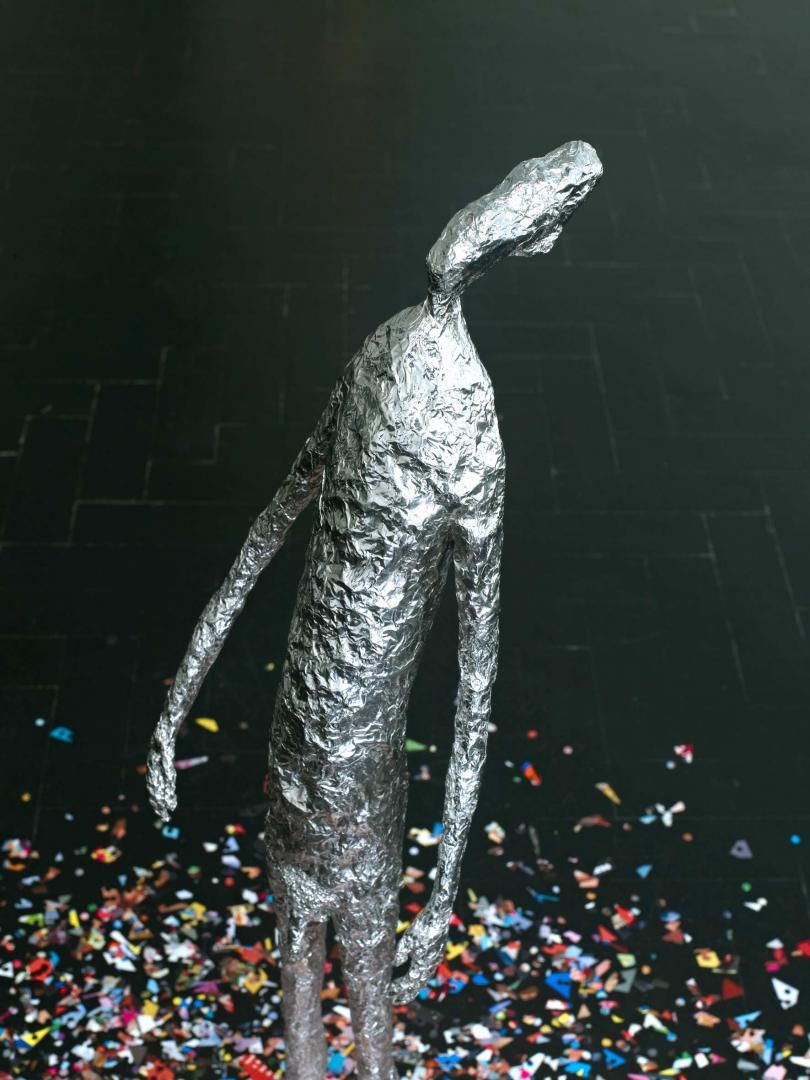
Vik Muniz: Trashes to Trashes, Dust to Dust
Vik Muniz first drew international attention when he featured in the 2010 Oscar-nominated documentary Waste Land. The film chronicles Muniz’s collaboration with a group of Brazilian catadores—trash pickers—working in Jardim Gramacho, one of the world’s largest landfills located just outside Rio de Janeiro. Over the course of nearly three years, Muniz collaborated with the catadores to create a series of monumental photographic portraits titled Pictures of Garbage.
Using recyclable materials scavenged directly from the landfill—bottle caps, shredded paper, rubber tires, and more—Muniz reimagined classical works of art and original compositions as vast collages. Once complete, the portraits were photographed from above in high definition. The resulting photos have since been part of exhibits around the world.
Another notable project is his Pictures of Dust series, created from dust collected during the Whitney Museum of American Art’s renovations. The series comprises ghostly images of minimalist and conceptual artworks, constructed entirely from particles typically considered valueless or dirty.
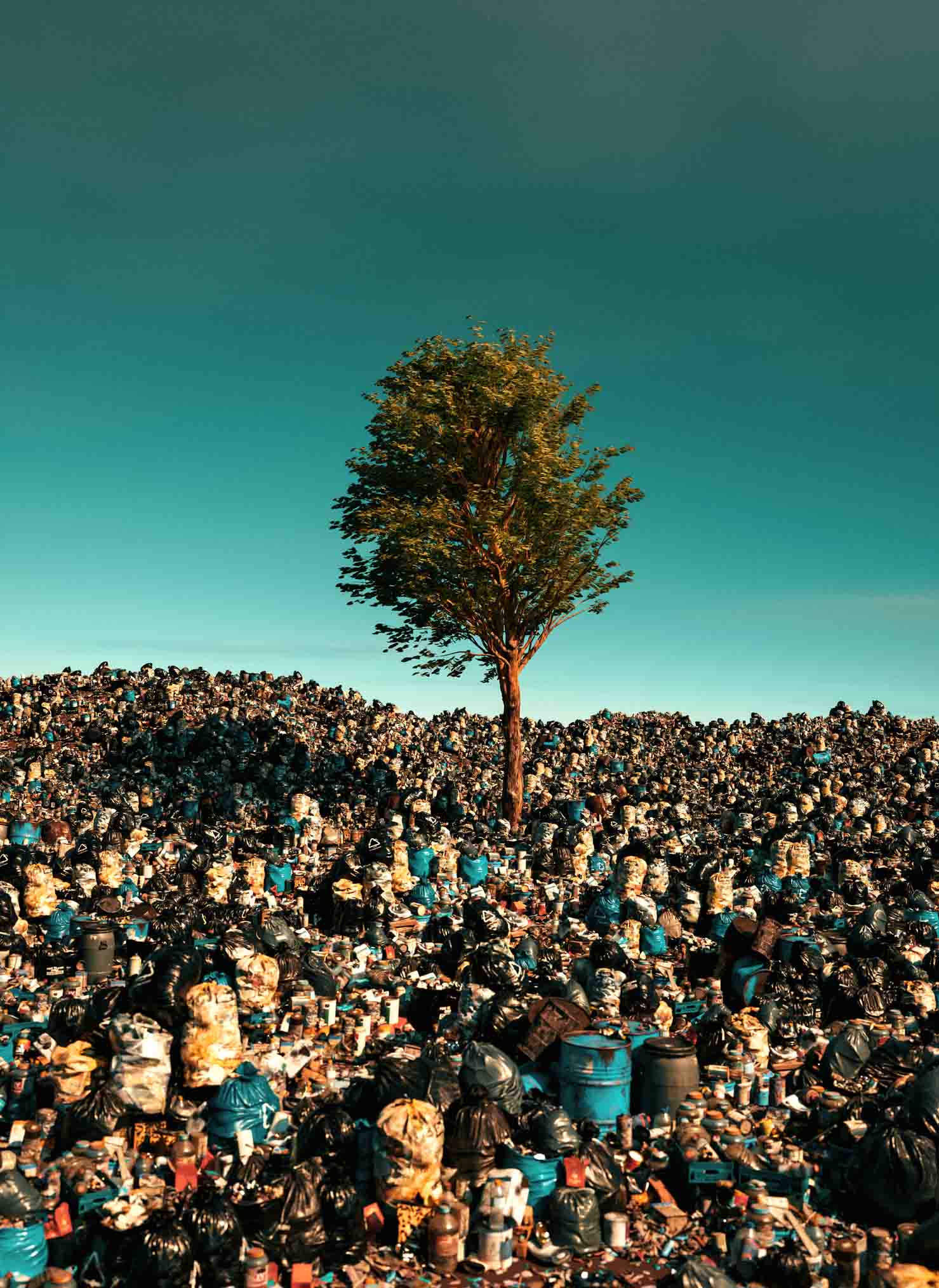
El Anatsui: Tapestries of Consumption
El Anatsui’s sculptures are like three-dimensional tapestries. Vast, textured creations cover the walls of galleries in color. They take on different shapes each time they are displayed. El Anatsui always leaves the installation instructions open, leaving room for the curators of each exhibit to place the malleable forms as they see fit.
They remind me of carpets or fabrics, woven with stories of past generations. Yet they are made from resolutely modern materials. El Anatsui often works with aluminium bottle caps sourced from local recycling stations, bound together with copper wire. Thousands of these tiny discarded caps make up intricate artworks,
Born in Ghana and currently based in Nigeria, El Anatsui is one of the most highly acclaimed artists in African history.
Tim Noble & Sue Webster: Playing with Shadows
These two British artists take a novel approach to sculpture. They encourage the viewer to look, not at the form itself, but at the shadow it casts when light is shined on it.
They take trash, scrap metal, and even taxidermied animals and create mounds of material. When you look at the mounds, it is hard to distinguish any particular shape. And yet the shadows paint detailed, intricate portraits, so realistic that you are tempted to look behind your shoulder to check if someone is there.
Noble and Webster refer to these works as anti-monuments, and they are simultaneously playful, unnerving, and unexpectedly beautiful.
Aurora Robson: Plastic as a Love Poem
Based in New York, Aurora Robson is an environmental artist who works predominantly with plastic debris. For over two decades, she’s been turning discarded materials—bottles, buckets, caps—into flowing, dreamlike sculptures that feel equal parts science fiction and marine biology. “My studio practice is a form of serious play,” she writes on her website, “a meditative exercise in subjugating negativity.”
Robson sees plastic as a shared challenge our society faces. “Plastic pollution is an insidious, destructive material that continually enters our water, food chain, bloodstreams, human amniotic fluid, and even the air we breathe,” she warns. Yet through her art, she offers a poetic counter-narrative—one that invites viewers to confront the environmental crisis through beauty, rather than despair.
Sayaka Ganz: Animal Plasticity
Sayaka Ganz, a Japanese sculptor based in Indiana, transforms discarded plastic into animal sculptures. She describes her work as “3-D impressionism.” In the same way that painters like Monet or Van Gogh used large brush strokes to depict landscapes and the emotions they inspire, Ganz uses reclaimed plastics, such as utensils, baskets, and toys, to build animals in flowing forms that suggest motion.
Ganz draws inspiration from her upbringing in Japan, and notably from Shinto animist beliefs that all objects possess spirits. “When I see discarded items on the street or thrift store shelves, I feel a sadness for them and I am moved to make these abandoned objects happy,” Ganz says on her website. To paraphrase Marie Kondo, Sayaka Ganz’s work definitely sparks joy.
These artists are teaching us to look at things differently that we often toss aside. Each in their own way, they prompt us to think about the value of trash and the meaning of value.
They remind us that what society discards—whether objects or people—can hold stories, beauty, and power when seen through a different lens. By transforming debris into art, they challenge our assumptions about worth and permanence, encouraging us to reconsider not only our relationship with material waste but also with the overlooked communities and
histories tied to it.
More by this author
The Wrap
- Recycled materials art is a growing trend fueled by ecological urgency and creative innovation.
- Artists like Vik Muniz and Aurora Robson use trash to tackle pollution and inspire environmental awareness.
- Sculptors such as Tom Friedman and Sayaka Ganz turn discarded objects into whimsical and meaningful forms.
- El Anatsui transforms aluminum caps into massive textile-like works that honor tradition and challenge modern consumerism.
- Using light and shadow, Tim Noble & Sue Webster create mysterious silhouette portraits out of junk piles.
- These artists push boundaries, helping redefine what art, waste, and beauty can mean in today's world.
- By elevating trash into art, they invite us all to see discarded things—and systems—in an entirely new light.




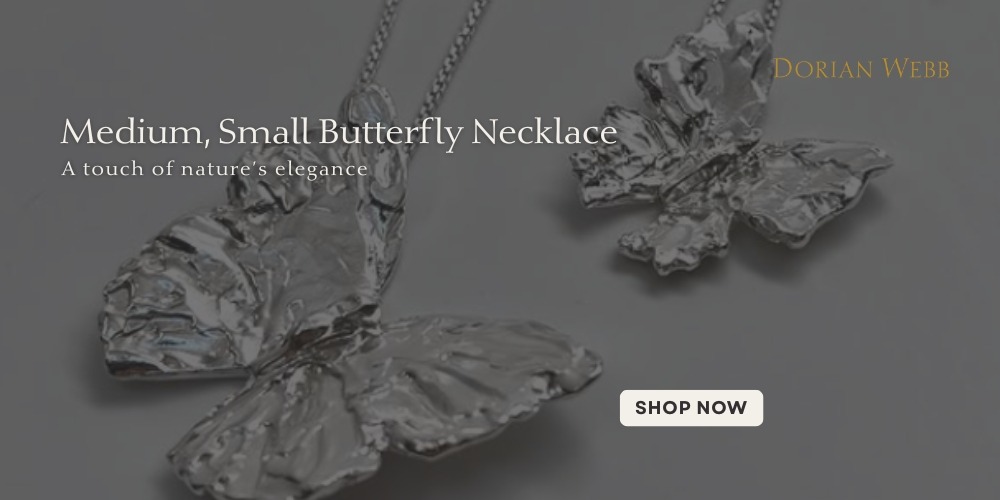








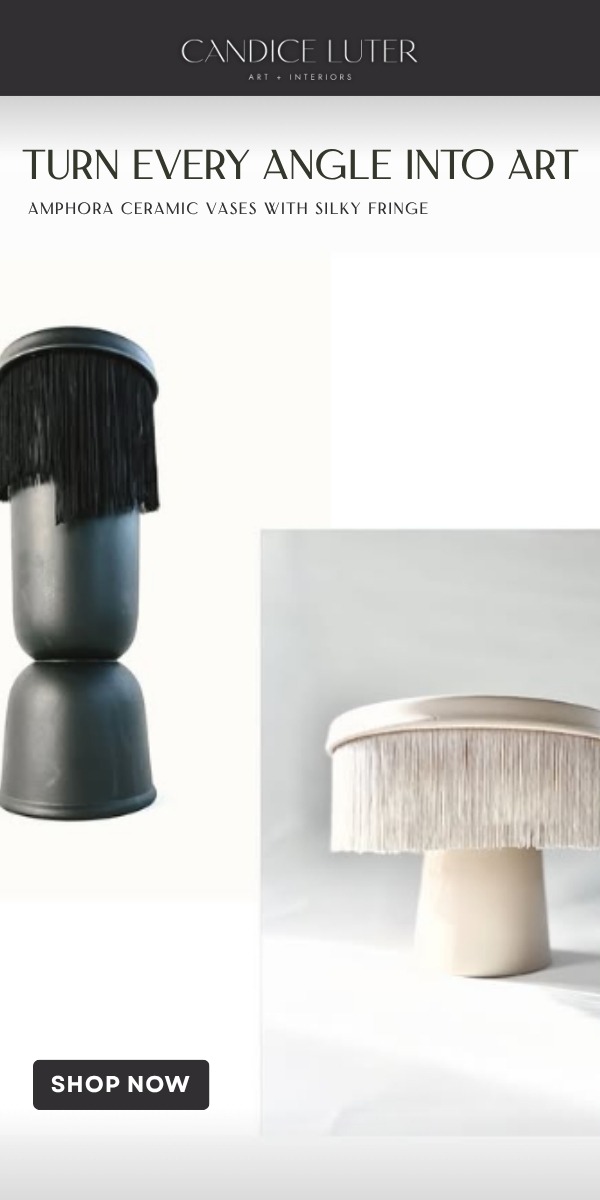

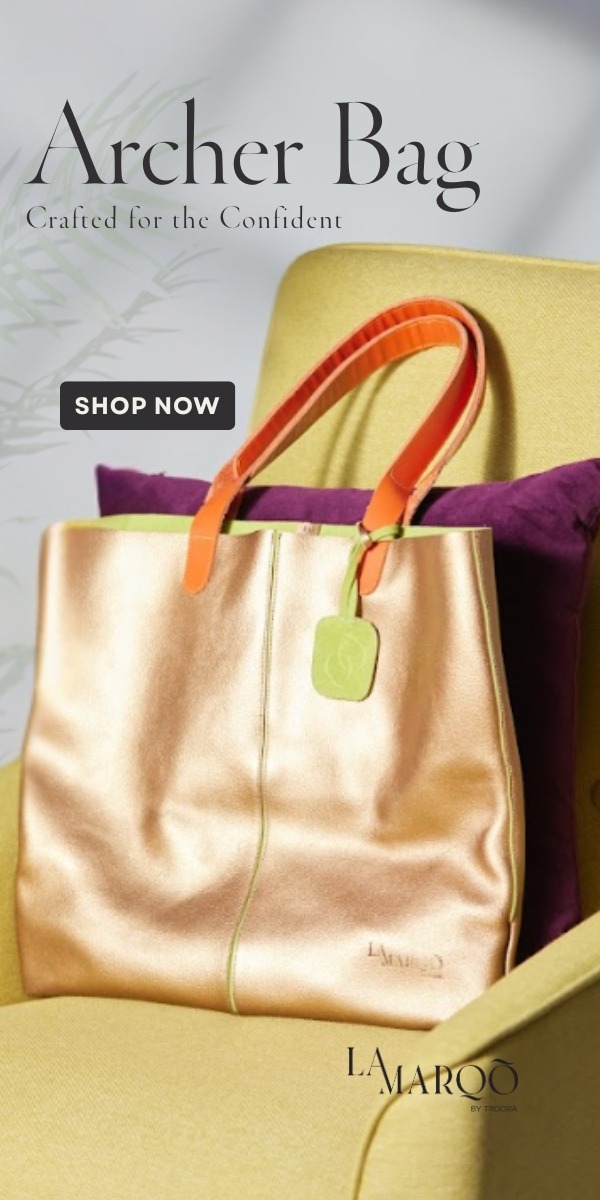










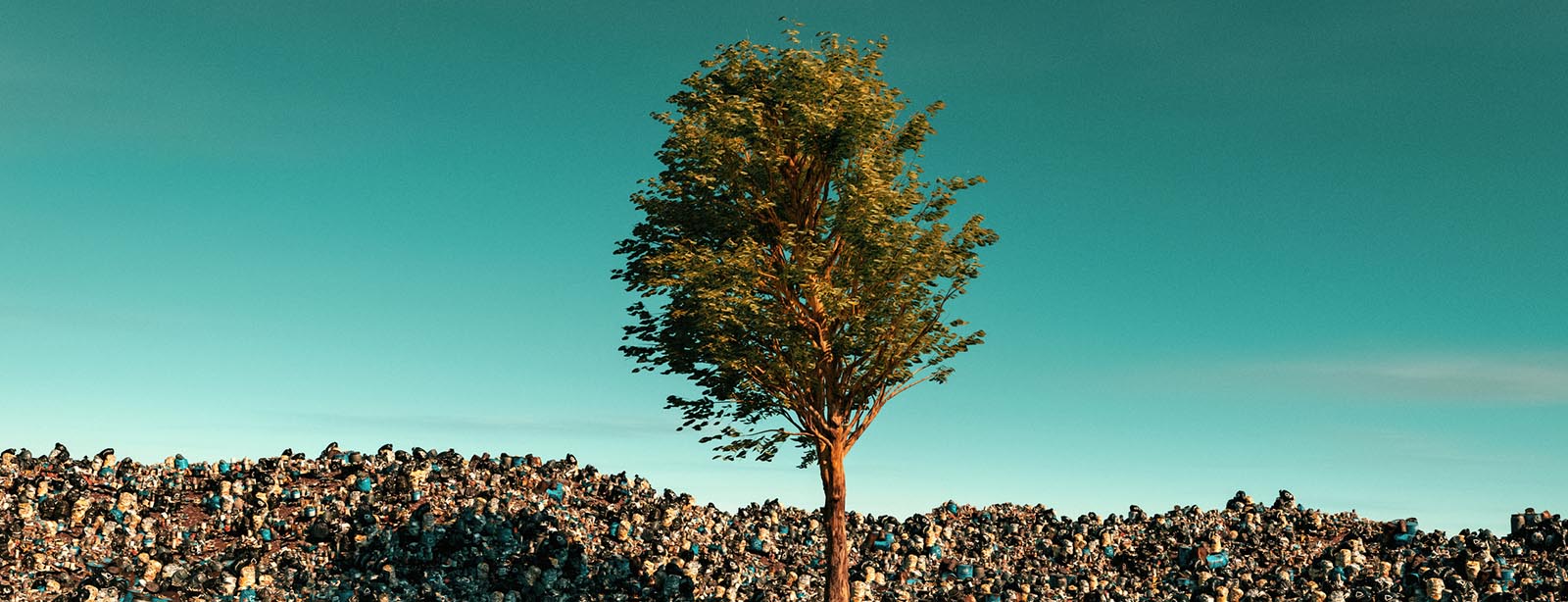

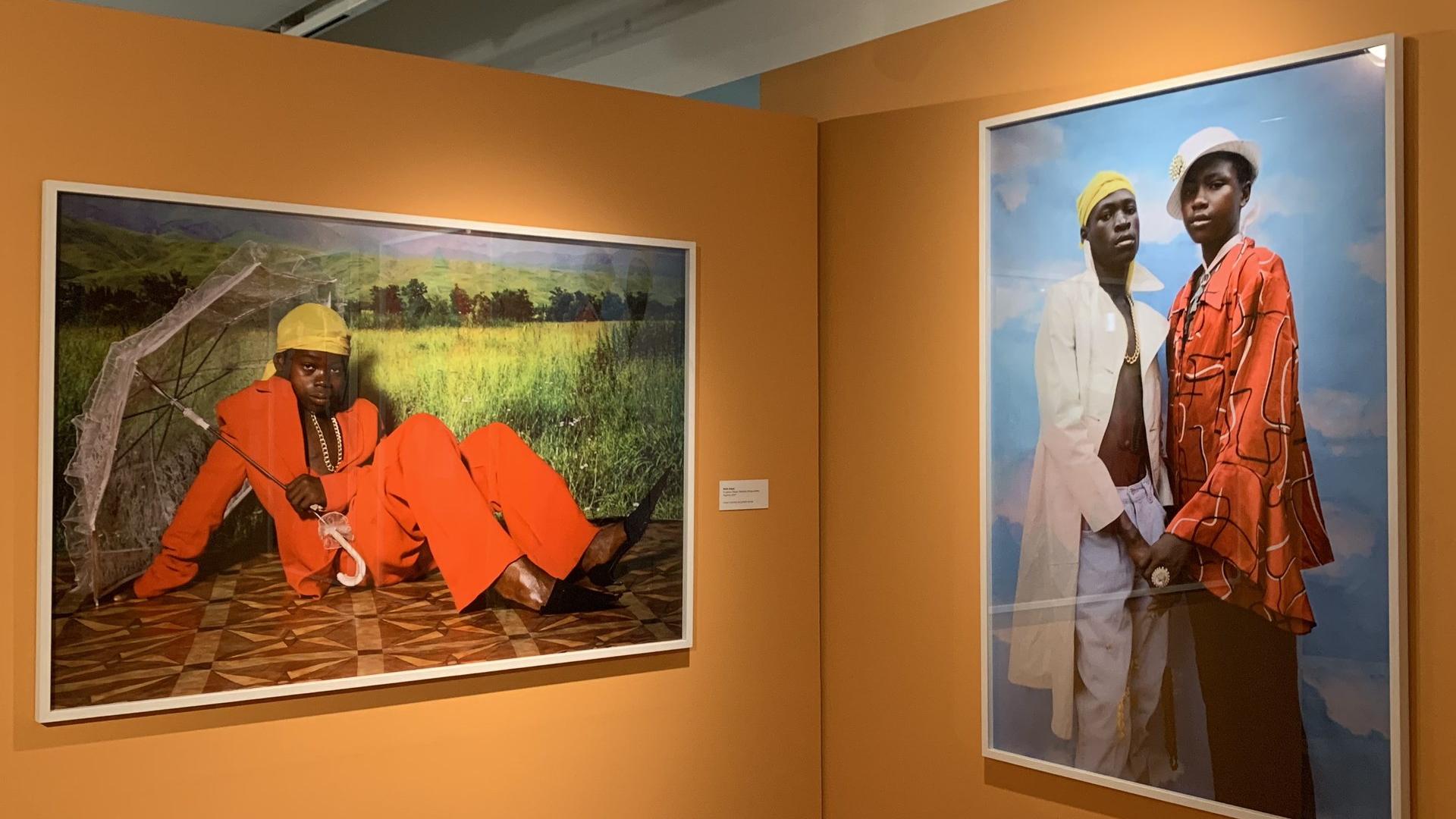

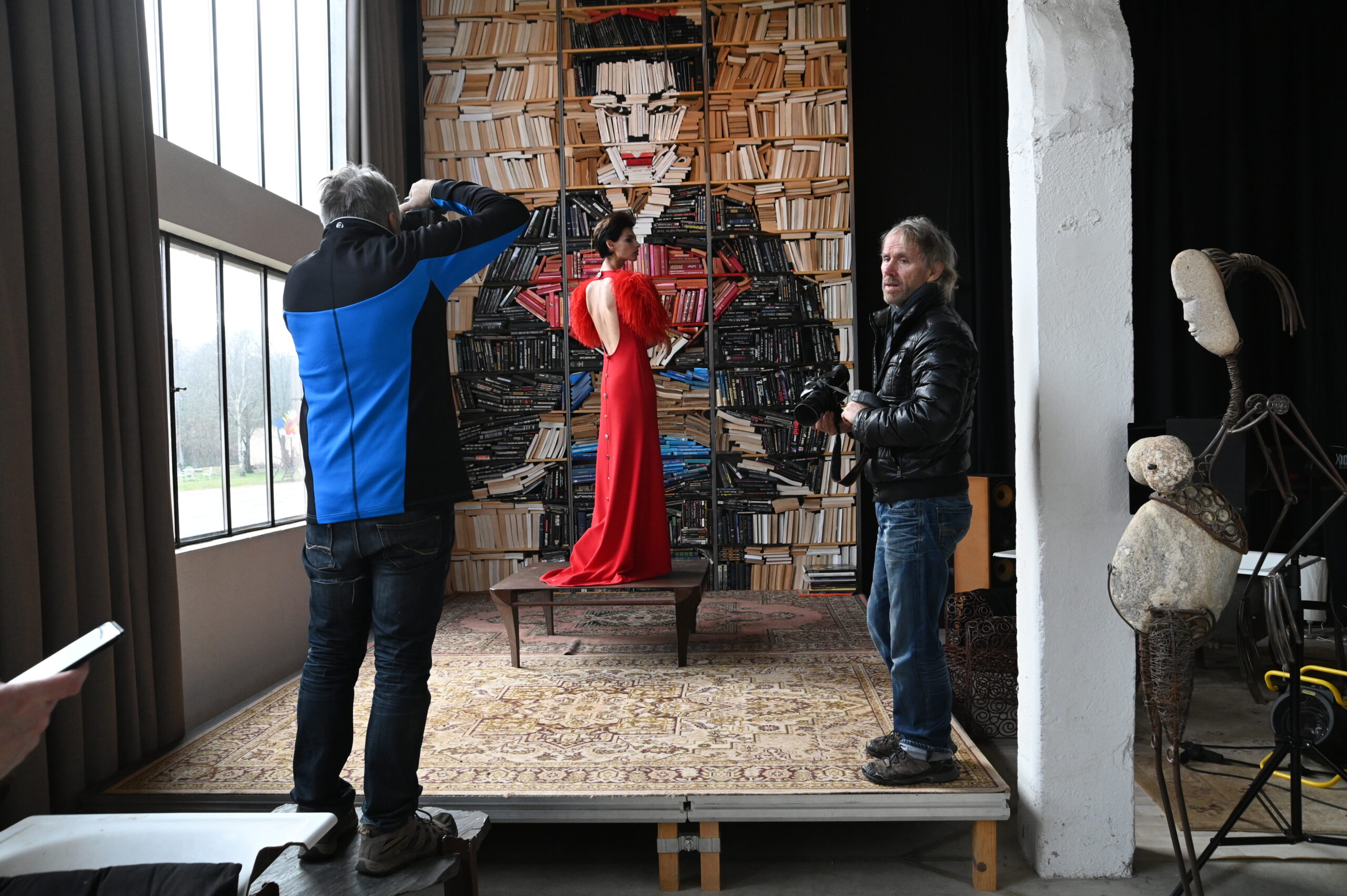

As waste piles up globally, artists are using recycled materials to spark change, comment on pollution, and reimagine what “value” means.